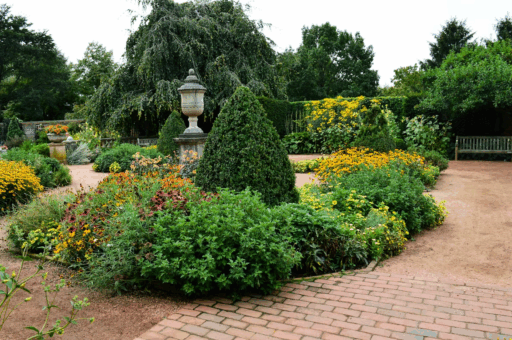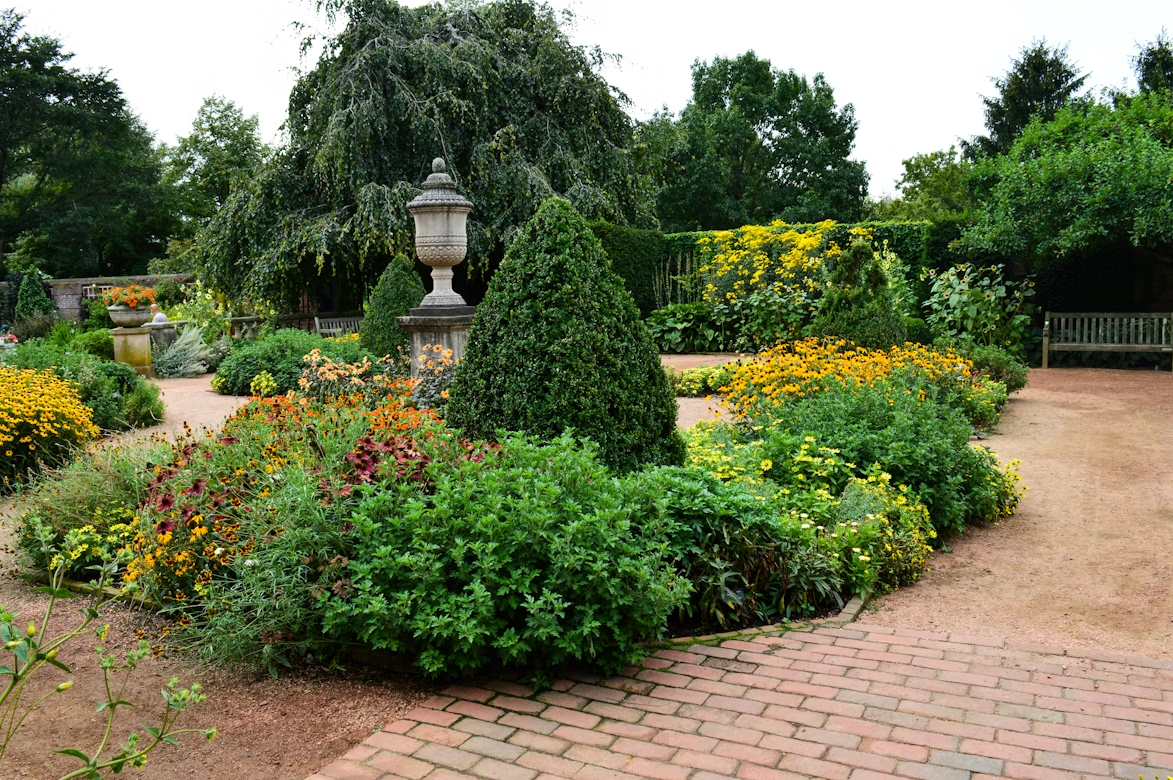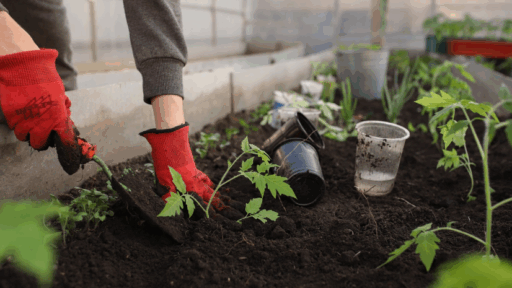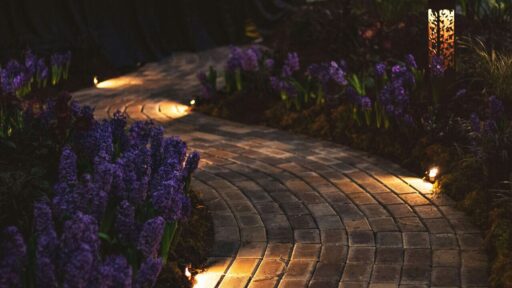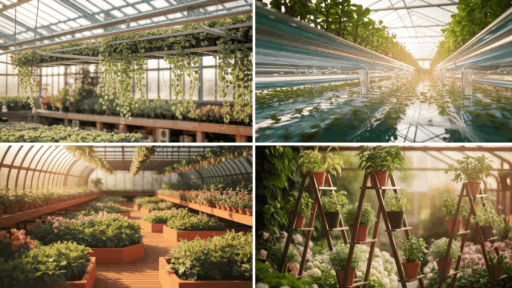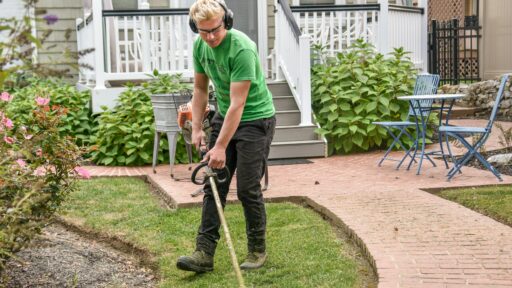Want to transform your landscape into a thriving ecosystem that practically runs itself?
Native plant landscaping is the game-changer you’ve been looking for. Instead of fighting nature with endless watering, fertilizing, and pest control… you work WITH it.
Here’s the problem:
Traditional landscaping has created a disaster across America. The continental U.S. has lost 150 million acres of habitat to urban sprawl. Even worse? Our obsession with “perfect” lawns has created a 40-million-acre carpet of ecological wasteland.
But native plant landscaping fixes this mess while saving time and money.
Pretty cool, right?
What you’ll discover:
- Why Native Plants Create Balanced Ecosystems
- The Hidden Costs of Traditional Landscaping
- How to Design Your Native Plant Landscape
- Plant Selection for Maximum Impact
Why Native Plants Create Balanced Ecosystems
Native plants are like hiring a team of local experts for your yard.
They’ve spent thousands of years adapting to your exact climate, soil, and wildlife. This means they know how to thrive without babysitting.
But here’s what most people don’t realize…
When you plant native species, you’re not just adding flowers. You’re rebuilding your local ecosystem from the ground up.
The data is clear: Carolina chickadees need areas with at least 70% native plants to maintain their population. Why? It takes over 6,000 caterpillars to raise one brood of chickadees. These caterpillars only survive on native plants.
That’s where professional tree care becomes critical. Companies like Rausch Tree Service understand that healthy native trees are the backbone of balanced ecosystems. When you’re getting ready for landscaping, proper tree selection and care makes all the difference between success and failure.
Get this:
Native oak trees support over 500 species of caterpillars. Non-native ginkgos? Only 5 species.
That’s a massive difference in ecosystem support.
The Hidden Costs of Traditional Landscaping
Traditional landscaping looks nice… but it’s bleeding you dry.
Water consumption is the killer. Up to 70% of residential water use goes to outdoor watering in some areas. That’s money straight down the drain keeping non-native plants alive.
Want proof native plants work? One Colorado community ditched traditional landscaping for native plants and saved 15 million gallons of water in just one year.
Then there’s chemical dependency:
Non-native plants need constant life support:
- Weekly watering schedules
- Monthly fertilizer applications
- Regular pesticide treatments
- Frequent plant replacements
Native plants eliminate most of these costs. They’re already adapted to survive in your conditions without help.
It really is that simple.
How to Design Your Native Plant Landscape
Creating a native plant landscape isn’t about randomly throwing plants in your yard.
Start with the foundation – trees and large shrubs. These create structure everything else builds on. Choose native species that provide year-round interest and wildlife support.
Here’s the secret landscapers won’t tell you:
Layer your plantings like nature does:
Canopy Layer: Large native trees for shade and structure
Understory Layer: Smaller trees and large shrubs
Shrub Layer: Medium-height flowering and fruiting shrubs
Herbaceous Layer: Perennial flowers and grasses
Ground Layer: Low-growing plants and natural mulch
You don’t need to replace everything at once. Start with one area and expand gradually. This spreads costs and lets you learn what works best.
Focus on habitat diversity with plants that:
- Bloom throughout the growing season
- Provide seeds, berries, or nuts for wildlife
- Offer nesting sites and shelter
- Support beneficial insects
Plant Selection for Maximum Impact
Choosing the right native plants makes the difference between success and disaster.
Research your local native plant communities. What grew naturally before development? These plants give the best results with least effort.
Consider your site conditions:
- Sun exposure – full sun, partial shade, or deep shade
- Soil type – clay, sand, loam, or rocky
- Moisture levels – wet, average, or dry
Choose plants that serve multiple purposes. Native serviceberry provides spring flowers, summer berries for wildlife, and brilliant fall color. Three seasons of interest from one plant.
Better still: it requires zero maintenance once established.
Water-Wise Benefits That Add Up
Native plants are basically drought-proof once established.
Their deep root systems reach water sources shallow-rooted lawns can’t access. Less irrigation, lower water bills, landscapes that stay green during dry spells.
Native plants actually improve soil’s ability to absorb and store water. Their root systems create channels allowing rainwater to penetrate deep instead of running off into storm drains.
This natural water management prevents flooding during heavy rains, erosion on slopes, and nutrient runoff into waterways.
Supporting Local Wildlife Naturally
A native plant landscape becomes a wildlife magnet almost immediately.
Within the first season:
- More butterflies and beneficial insects
- Increased bird activity and diversity
- Natural pest control from predator insects
The wildlife benefits create a self-sustaining cycle. Birds and beneficial insects control pest populations naturally. No chemical treatments needed.
Native plants provide specific food sources local wildlife evolved to depend on. Monarch butterflies can only reproduce on native milkweed plants.
Maintenance That Actually Makes Sense
Here’s what surprised me most about native plant landscaping…
Maintenance gets easier over time. Instead of fighting nature constantly, you work with natural processes.
Traditional maintenance tasks like weekly watering, monthly fertilizer applications, frequent pest control treatments, and annual plant replacements become occasional tasks or disappear entirely.
Native plant maintenance focuses on:
- Seasonal cleanup and pruning
- Removing invasive weeds (decreases over time)
- Occasional plant division or relocation
- Adding organic mulch annually
The longer native plants are established, the less work they require.
Climate Change Resilience
Native plants are your best defense against unpredictable weather.
They’ve survived droughts, floods, temperature extremes, and pest outbreaks for thousands of years in your region. This built-in resilience means your landscape handles whatever climate change throws at it.
Nature-based climate solutions can account for 30% of the carbon sequestration needed to limit global warming. Your native plant landscape actively fights climate change by storing carbon in plant tissues and soil.
Long-lived native trees like oaks and maples are particularly effective at carbon storage. Tree selection and care are crucial for climate strategy.
Getting Started Without Overwhelm
The biggest mistake? Trying to transform entire landscapes overnight.
Start small and build success. Choose one problem area and create your first native plant garden there.
Follow this simple progression:
- Research – Identify native plants suited to your conditions
- Design – Plan plant layout and combinations
- Plant – Install during optimal seasons for establishment
- Establish – Water regularly first year, then reduce gradually
- Expand – Add new native areas as plants mature
Native plant landscaping is an investment paying increasing dividends. Initial effort creates landscapes becoming more beautiful, wildlife-friendly, and less demanding every year.
Wrapping It Up
Creating a balanced ecosystem with native plant landscaping isn’t just about beautiful yards.
You’re investing in:
- Lower maintenance costs year after year
- Reduced water bills and environmental impact
- Increased property value from unique, sustainable landscaping
- Wildlife habitat supporting local biodiversity
- Climate resilience for whatever weather comes next
The best time to start was ten years ago. The second-best time is right now.
Choose one small area this season and begin building your balanced ecosystem. Your future self (and local wildlife) will thank you for taking that first step toward working with nature instead of against it.

